Affiliate links on Android Authority may earn us a commission. Learn more.
Google Pixel 6 camera: Everything you need to know about the big upgrades
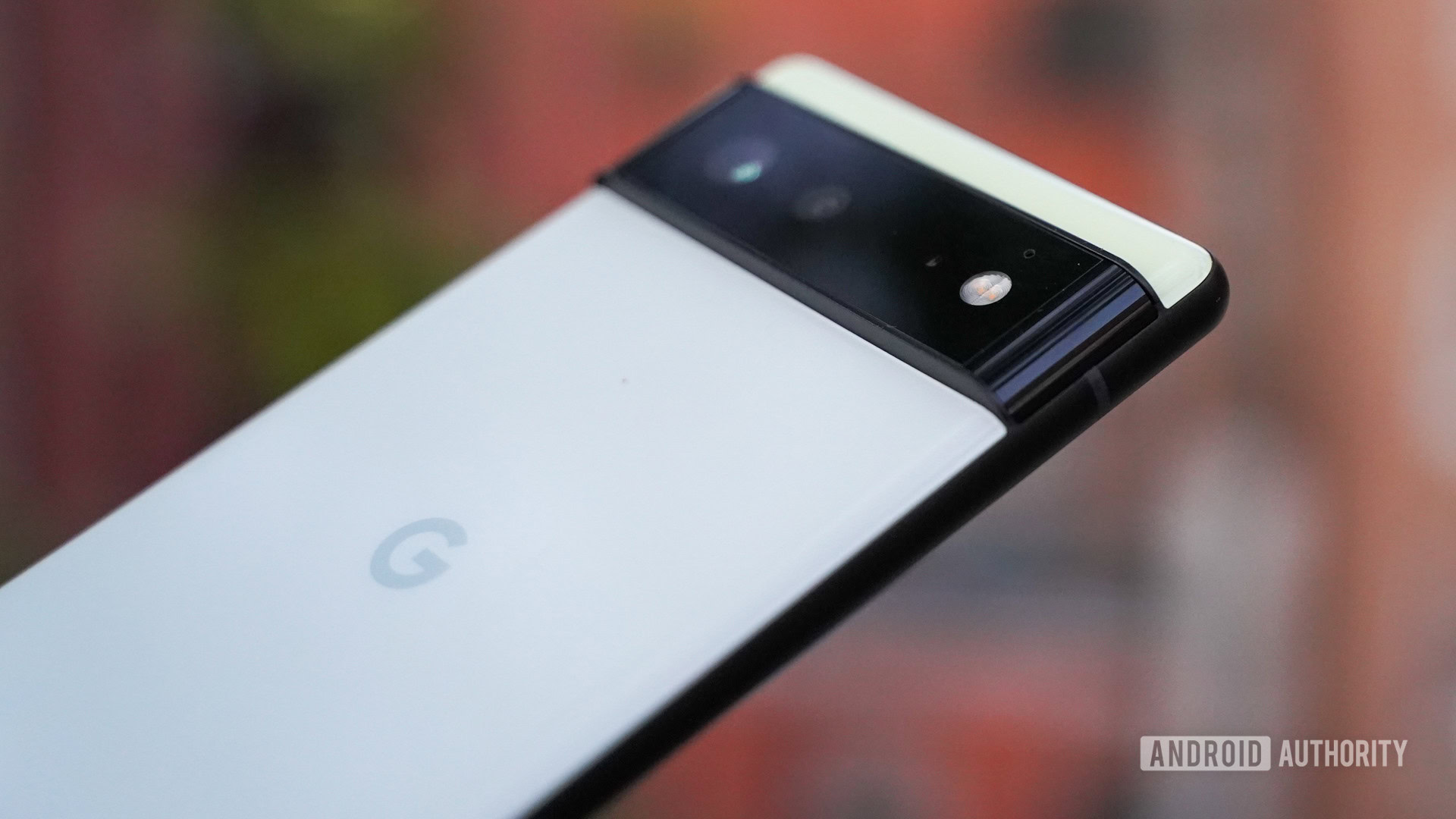
While there’s a lot of new interesting technology packed into the Pixel 6 and 6 Pro, including a 120Hz LTPO display on the latter and custom Tensor processor, the improvement many will be interested in is the new camera setup. Google’s phones have always taken good photos but more recent models have fallen behind market leaders due to aging hardware.
That’s because Google refused to change much of its imaging setup since the original Pixel in 2016. Even the Pixel 5a, which launched earlier in 2021, uses a virtually unchanged sensor from 2017’s Pixel 2. Granted, the company has experimented with ultra-wide and telephoto lenses in the interim, but these implementations have been far from cutting edge.
The Pixel 6 series remedies this lack of progress with new image sensors and software tricks that we hope will see the handsets return to best-in-class form. So let’s dive into exactly what’s new and what this means for taking pictures with Google’s latest flagship smartphone.
Google Pixel 6 camera specs
| Pixel 6 | Pixel 5 | Pixel 4 | Pixel 2 | |
|---|---|---|---|---|
Main | Pixel 6 50MP (12.5MP binned) 1/1.31" image sensor size 1.2μm pixel width ƒ/1.85 aperture Dual Pixel PDAF OIS + EIS | Pixel 5 12.2MP 1/2.55" sensor 1.4μm pixels ƒ/1.7 aperture Dual Pixel PDAF OIS | Pixel 4 12.2MP 1/2.55" sensor 1.4μm pixels ƒ/1.7 aperture Dual Pixel PDAF OIS | Pixel 2 12.2MP 1/2.55" sensor 1.4μm pixels ƒ/1.8 aperture Dual Pixel PDAF OIS |
Ultra-wide | Pixel 6 12MP 1.25μm pixel width ƒ/2.2 aperture 114° field of view | Pixel 5 16MP 1/3.09" sensor 1.0μm pixels f/2.2 aperture 107° FoV | Pixel 4 N/A | Pixel 2 N/A |
Zoom | Pixel 6 48MP (12MP binned) 1/2" sensor 0.8μm pixels ƒ/3.5 aperture PDAF OIS + EIS 4x zoom (Pixel 6 Pro only) | Pixel 5 N/A | Pixel 4 16MP 1/3.6" sensor 1.0µm pixels ƒ/1.7 aperture PDAF OIS 2x zoom | Pixel 2 N/A |
Extras | Pixel 6 Laser detect auto focus | Pixel 5 N/A | Pixel 4 N/A | Pixel 2 Laser detect auto focus |
It really is all change across the main, ultra-wide, and zoom capabilities of the Pixel 6 and 6 Pro. Gone are the aging sensors and mediocre specs in favor of far more ambitious components that look much more at home in 2021. That being said, Google’s latest hardware isn’t quite on the very cutting edge. There’s no super long-range telephoto camera, for example. But the package is still a worthy and much overdue upgrade.
It’s also worth noting that the Pixel 6 Pro sports a larger 11.1MP, 1.22μm pixel, ƒ/2.2 aperture selfie camera, while the standard Pixel 6 has the same 8MP, 1.12μm, ƒ/2.0 aperture specs that Google used in the Pixel 5.
Now let’s dive into some finer details.
Finally, bigger modern image sensors
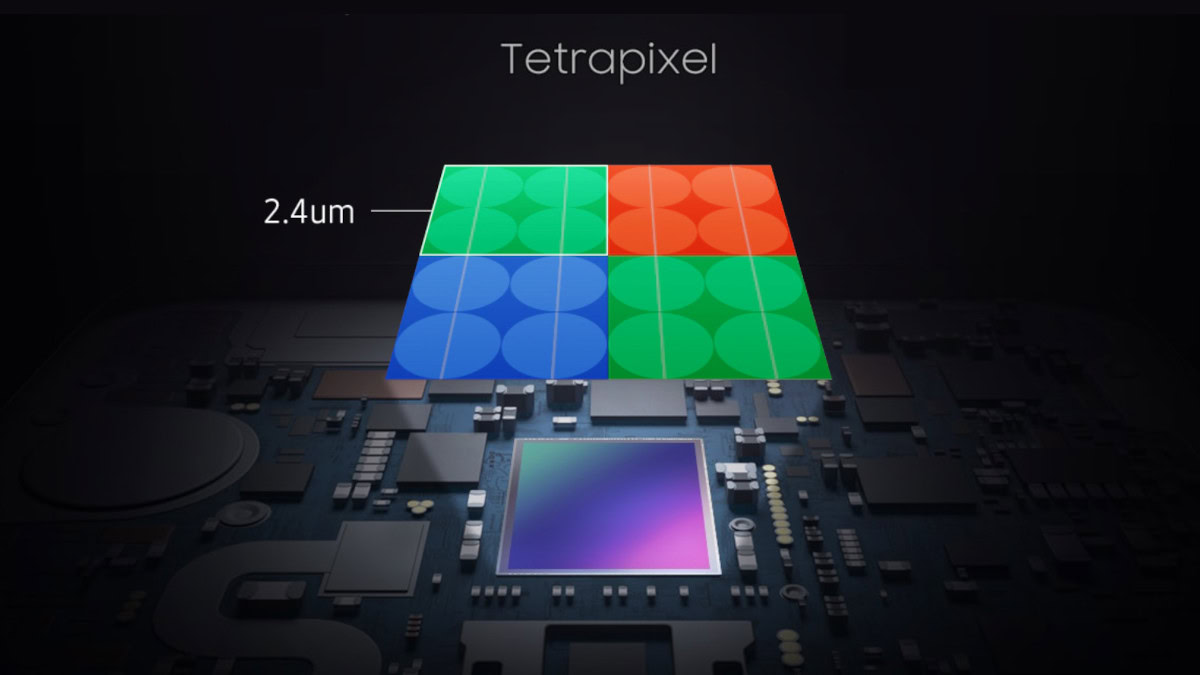
Arguably the most important change with the Pixel 6 and 6 Pro is the adoption of a larger image sensor. The tiny 1/2.55-inch Sony IMX363 is finally replaced by a much larger 1/1.31-inch main sensor. For comparison, the main sensor inside the Galaxy S21 Ultra measures 1/1.33-inches, making it a tiny bit smaller than the sensor in the Pixel 6. This change will instantly result in superior light capture for lower noise, improved dynamic range, and better night images.
Google hasn’t named the sensors it’s using but a little sleuthing suggests the use of Samsung’s Isocell GN1 for the main sensor and Isocell GM2 for the telephoto camera. Sadly that’s not quite the cutting edge GN2 sensor from the Xiaomi Mi 11 Ultra, but the GN1 produced some pretty good-looking snaps when we tested the vivo X70 Pro Plus.
A bigger sensor complete with modern imaging techniques is a major upgrade for the Pixel 6.
Importantly, the Isocell GN1 uses Samsung’s Tetrapixel Bayer filter, another word for pixel binning technology, enabling both 50MP and 12.5MP snaps from the same camera. Google loves a 12MP image and this mode gives us close to 2.4μm effective pixel sizes. That’s a steep upgrade on the old IMX363’s 1.4μm pixels.
The GN1 bag of tricks includes Smart-ISO gain optimization for bright and low light settings. There’s also multiple simultaneous exposure capture for improved HDR snaps and video without ghosting, plus the ability to produce 100MP images using the dual-pixel autofocus light data, should Google choose to implement said feature for its Super Res Zoom feature or some such.
The bottom line is that Google’s choice of a larger image sensor is just the upgrade the Pixel series needs. It’s just a shame it’s taken so long.
Much better zoom
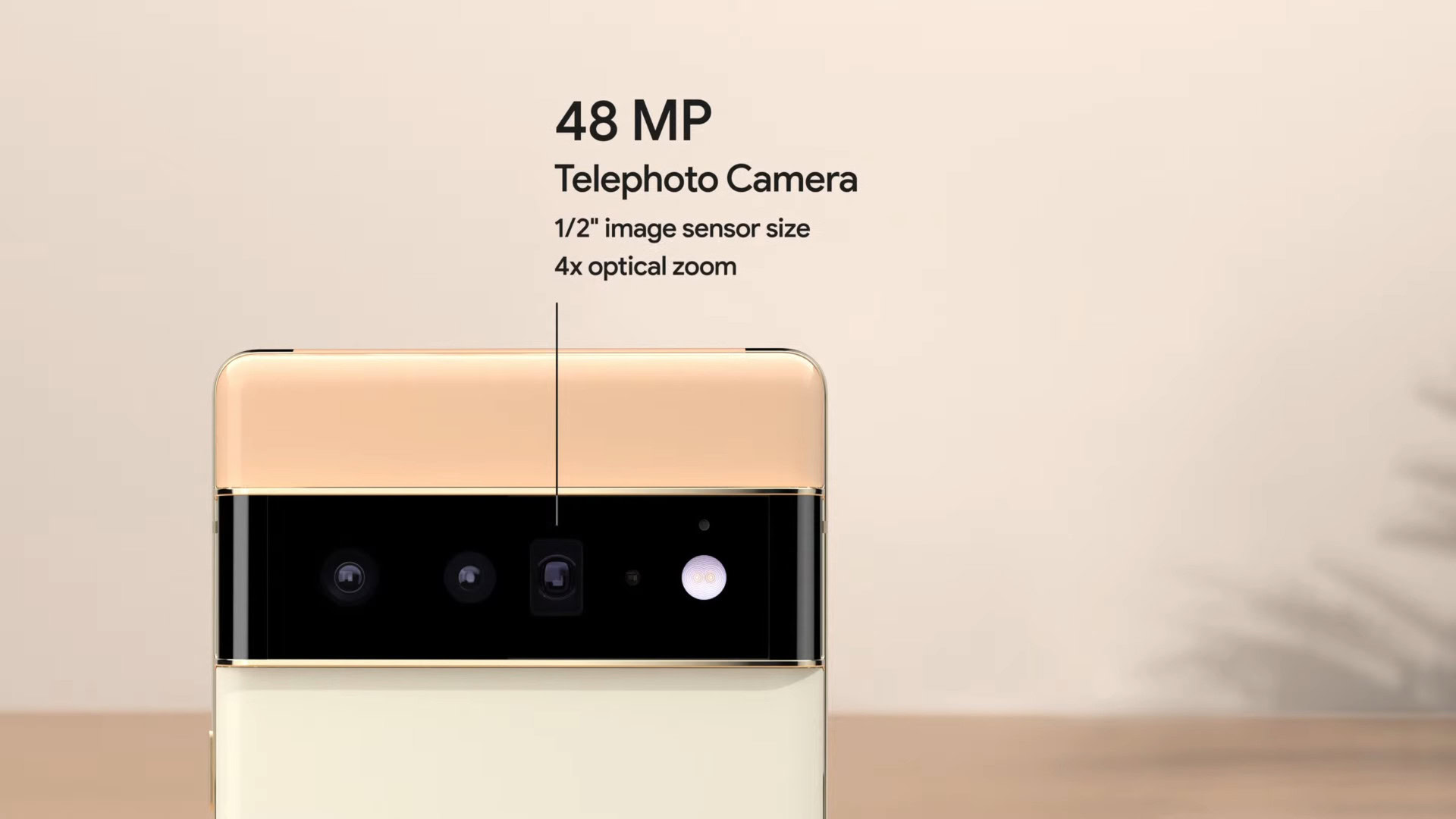
There’s a similar story on offer when looking at the zoom camera on the Pixel 6 Pro. The Isocell GM2 is bigger than the Sony IMX481 used in the Pixel 4. Again, it’s a pixel binning sensor, so we can expect 1.6μm pixels producing 12MP images here, although the 48MP mode may have some advantages in bright daylight too. As well as bigger pixels, the GM2 offers multi-exposure capture via Samsung’s wHDR, resulting in more vivid and better-exposed zoom images.
Read more: Camera zoom explained — how optical, digital, and hybrid zoom work
Of course, the Pixel 6 Pro sports a 4x optical zoom focal length compared to 2x with the Pixel 4. Remember, the Pixel 5 didn’t include a zoom camera. We’re looking at Google’s longest-range optical zoom here which should give the iPhone 13 Pro Max’s 3x zoom a run for its money.
With 4x optical zoom and a pixel binning sensor, long-range zoom will be much improved.
Both Pixel 6 models include Super Res Zoom software upscaling. This will be important for filling in the gaps between the Pro’s main and zoom camera focal lengths without a notable drop in quality. Super Res Zoom extends the regular Pixel 6’s zoom out to 7x without dedicated hardware — but we’ll have to see what the image quality looks like before judging.
Wider ultra-wide snaps
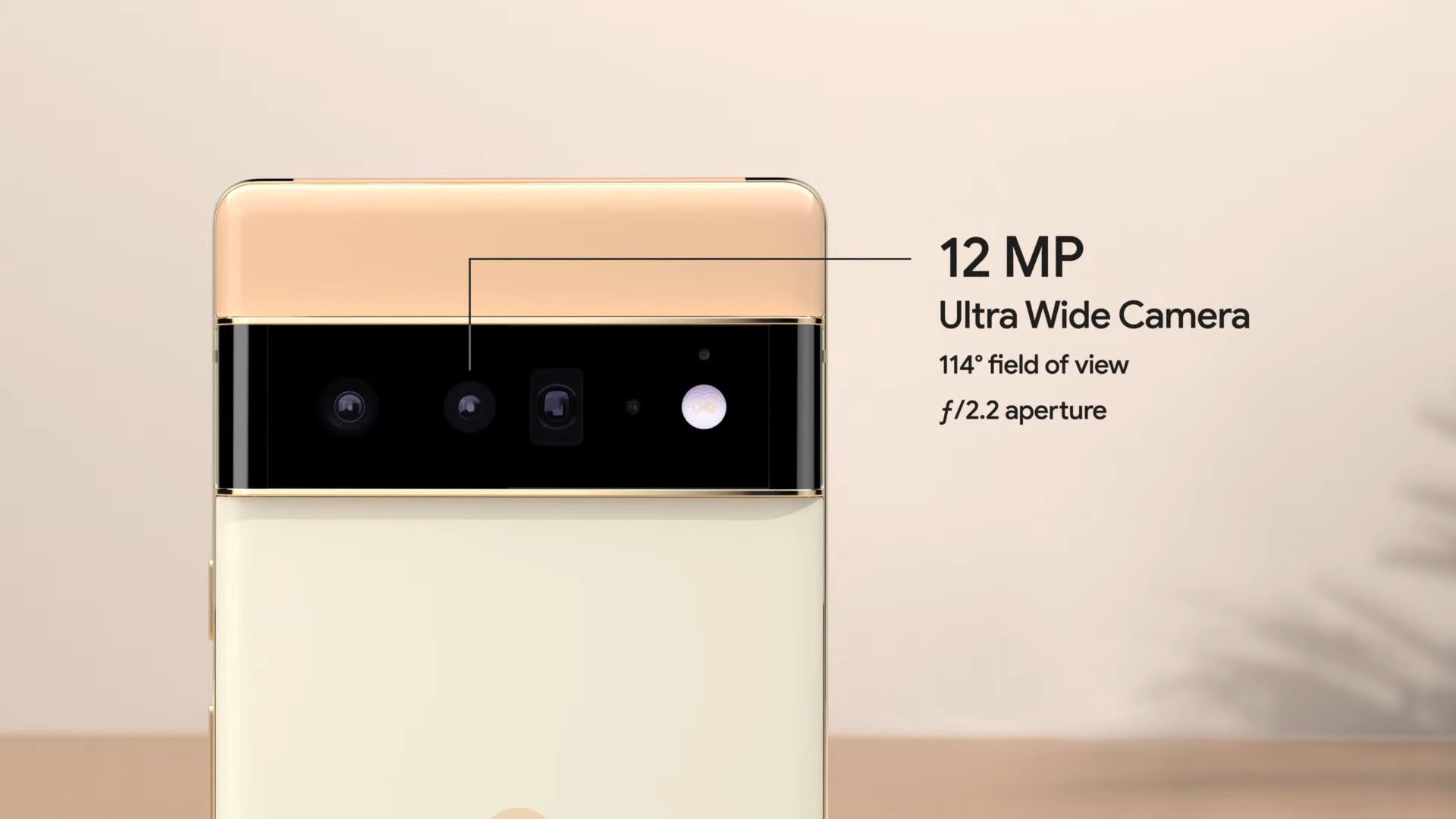
Google has given out fewer specs about the sensor inside its ultra-wide camera, making it harder to guess as to the exact sensor. If Google is using Samsung throughout, it might be the Isocell 2L5 — although that’s a 13MP sensor, so might be cropped slightly.
We do know that the camera sports larger pixels than last year but given the lower resolution, it’s likely a similarly-sized sensor overall when compared to the Pixel 5. Still, those bigger pixels should make a difference when it comes to dynamic range and low light capture, which were issues in Google’s previous ultra-wide attempts.
Google is also widening the field of view this generation, hitting 114 degrees up from 107 degrees previously. That’s not quite as wide as the Galaxy S21 Ultra or iPhone 13’s 120-degree field of view, but means you’ll be able to fit that bit more into your pictures than last year. Without image stabilization and autofocus, the ultra-wide camera is probably the least drastic change Google has made to its camera system but it should still be that bit more competitive.
Google Pixel 6 camera: What to expect
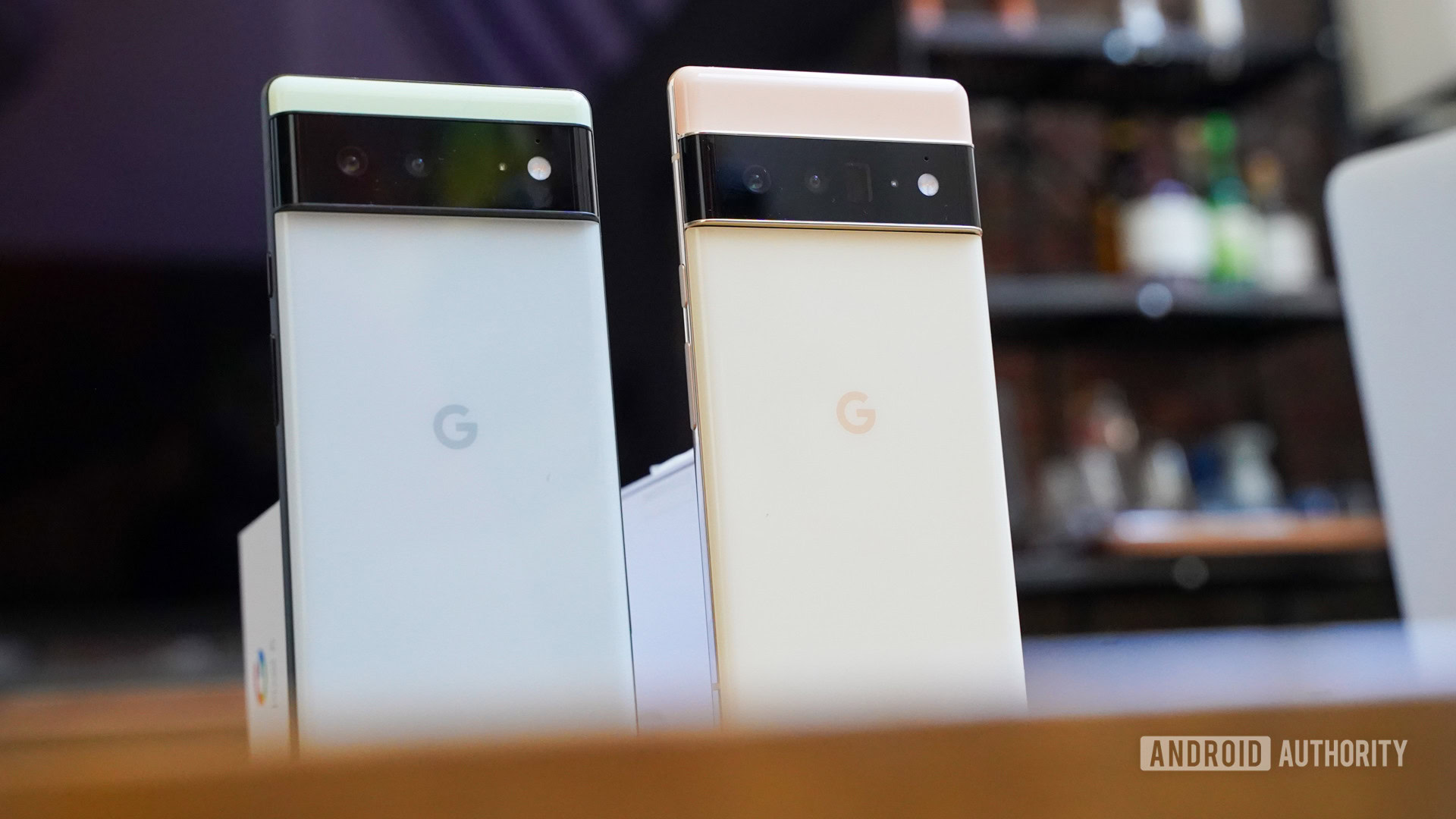
With bigger sensors paired with more modern ISO and HDR technologies, the Pixel 6 and Pixel 6 Pro are chasing the golden rule of better photography: more light is always better. Given how stagnant Pixel hardware has been to date, the new hardware is set to provide a huge jump in image quality this generation. And not just from the main sensor — the Pixel 6 Pro’s ultra-wide and zoom capabilities will make this a much more flexible camera phone too.
That said, much of this imaging technology may be new for Google but it’s not brand new to the industry and in some respects still isn’t completely cutting edge, so we shouldn’t expect the company to punch out miles in front. However, we haven’t even talked about Google’s legendary camera smarts yet.
The Pixel 6 series doubles down on Google's tried and tested marriage of hardware and software.
With enhanced in-house machine learning capabilities on board, the Google Pixel 6 boasts Magic Eraser, Face Unblur, Real Tone, Night Sight, and other cutting-edge software features to help us take better pictures. Backed by better hardware than previous years, these modes can only look better than they ever have.
It’s this marriage of hardware and software that has made previous Pixel smartphones the formidable camera packages they have been and the Pixel 6 doubles down on this formula. Google appears to have addressed our hardware complaints, let’s just hope the image quality lives up to the on-paper prospects. Keep an eye out for our in-depth camera shootouts and analysis in the coming weeks.
Up next: Mega shootout — the best camera phones of 2021 so far tested